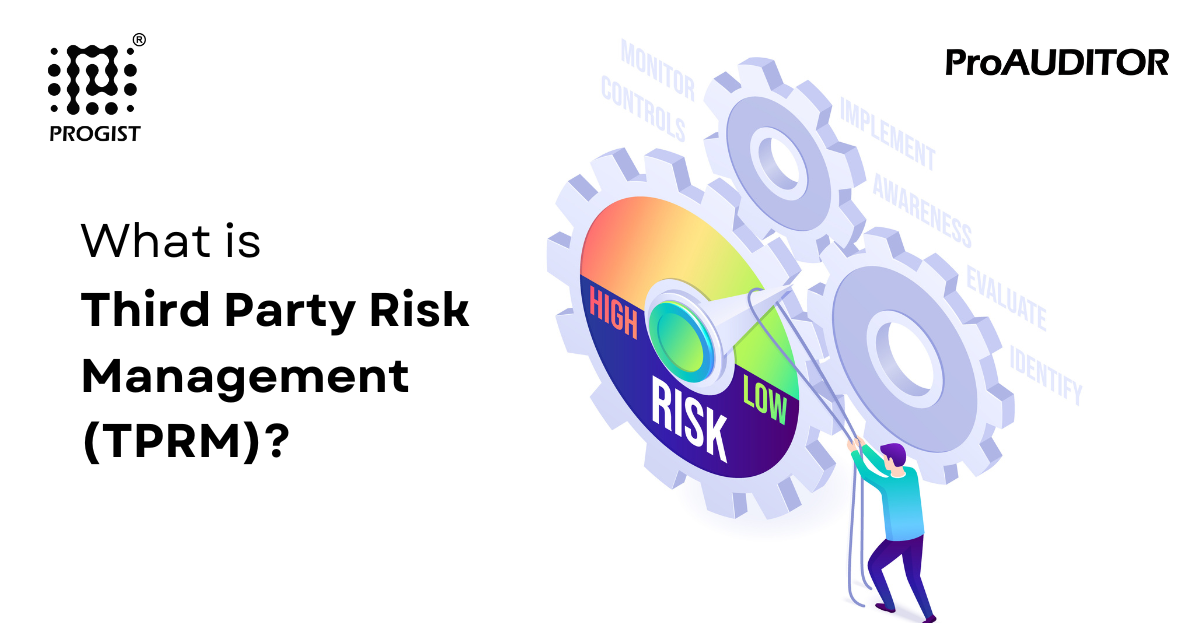If you work in security or compliance, you probably already have a mental list of things that could go wrong inside your organization. But how much time have you spent thinking about what could go wrong outside it?
Your vendors, suppliers, SaaS platforms, consultants, even your payroll provider, are all extensions of your digital ecosystem. They have access to your data, your networks, and sometimes even your customers. That’s where Third-Party Risk Management, or TPRM, comes in.
So, what exactly is TPRM?
TPRM is the process of identifying, assessing, and continuously monitoring the security risks that come from the third parties your organization works with.
In simple terms, it’s making sure your business partners don’t become your weakest link.
This includes everything from reviewing security certifications, sending out risk questionnaires, tracking data access, and regularly re-evaluating whether vendors are still safe to work with. Think of it as doing background checks, but for cybersecurity, compliance, and operational resilience.
Why does it matter now?
Because the attack surface is no longer just your infrastructure. It includes every tool and service you integrate with.
Big breaches are no longer just caused by insider threats or phishing emails. Many high-profile security incidents in recent years have originated through third parties. Target’s data breach came from an HVAC vendor. MOVEit’s file transfer software exposed sensitive data across hundreds of organizations. SolarWinds impacted thousands via a single compromise.
You might have top-tier controls in place, but if even one vendor you rely on doesn’t, your defenses can be bypassed.
It’s not just about cybersecurity
Regulators are watching too. Compliance frameworks like ISO 27001, RBI’s cybersecurity guidelines, GDPR, and even your cyber insurance policy now expect you to have formal vendor risk management practices in place.
Auditors might not care how good your vendor is at marketing. They’ll want to see how well you’ve vetted them from a risk perspective.
Why spreadsheets aren’t enough
Many organizations try to manage TPRM manually. They create risk scorecards in Excel, email questionnaires back and forth, and keep records in local folders or shared drives. It works… for a while.
But as your vendor list grows, so do the risks you need to monitor. Responses become outdated. Follow-ups get missed. High-risk vendors slip through unnoticed. Before you realize it, you’re dealing with hundreds of touchpoints and no clear visibility into where the real threats lie.
Enter ProAuditor
That’s why we built ProAuditor. It’s a platform designed to simplify TPRM from start to finish. With ProAuditor, you can automate vendor assessments, track risks over time, and get a clear view of which partners need your attention—without relying on messy spreadsheets or scattered emails.
It’s not a magic button, and it won’t replace your judgement. But it will give you structure, consistency, and insight in a way that scales.
Don’t wait for a breach to take third-party risk seriously
Most organizations start thinking about TPRM after something goes wrong. A failed audit. A close call. A last-minute scramble to assess a new vendor. That’s understandable—but avoidable.
If you’re working with third parties, TPRM is not optional. The only real question is whether you want to manage it proactively or deal with the fallout later.
Take the first step.
Book a walkthrough of ProAuditor and see how you can get a handle on vendor risks before they get a handle on you.
📞 Contact us today at info@progist.net or call +91-9820116312 / +91-9819256263

